THE STRIKE ZONE
According to the rule book, "The STIKE ZONE is that area over home plate that upper limit of which is a horizontal line at the at the midpoint between the top of the shoulders and the top of the uniform pants, and the lower level is a line at the hollow beneath the kneecap. The Strike Zone shall be determined from the batter's stance as the batter is prepared to swing at a pitched balls."
Ok let's quickly break that down. The Strike zone is the area over the plate. For purposes of this definition this DOES NOT include the black. The black is NOT supposed to show on a field. The top of the strike zone is the middle of the top of your shoulders and the top of your belt. Somewhere just below your nipple. The bottom of the zone with just under the knee cap. This zone is not determined while the batter is waiting for the pitch. It is determined as he is preparing to swing. This means the strike zone is determined when batter is starting his swing.
Ok that is the rule book definition of the strike zone. Now, this blog is meant for youth umpires. And where I agree that if you are umpiring the top level boys 12 or higher, this is the strike zone you should use. This is not always the case. In youth baseball, there are going to be some games where the pitcher might need a little "help." You have all worked games like this. The pitcher can't find the plate. The right fielder is chasing butterflies. Nobody has swung at a pitch for 15 minutes. These games are not fun...FOR ANYBODY. Now, here is my tip in these situations. WIDEN you stike zone. Include a ball or two off the plate as part of your strike zone. I wouldn't change it too much up and down, maybe a little but you don't want to just be unfair to the batter. Look, I am, in most cases, a very this is the rules type of person. But after doing this for a while, I have learned that in youth baseball, sometimes you just need a bigger strike zone and 99 times out of 100, nobody is going to give you any trouble about it as long as you don't make it too big. Don't call pitches at the head a strike but maybe you call that pich that is just off the plate a strike. See what I mean?
No matter what you decide to do with the strike zone in your games remember this. The strike zone is NOT what each particular umpire feels it is. It is clearly defined. Now, I know that this isn't the case in any level but to be safe, at least base your strike zone on the definition and everything should be ok.
Subscribe to:
Post Comments (Atom)
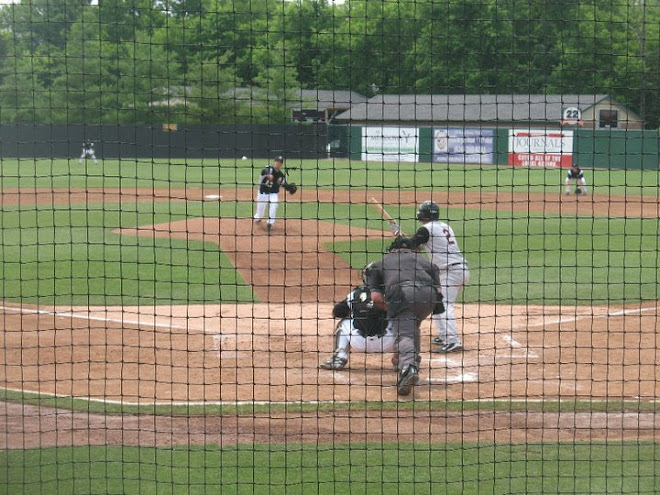
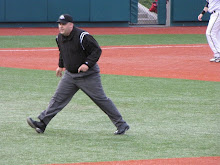


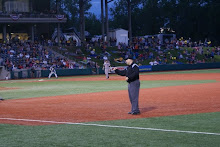
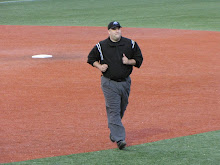
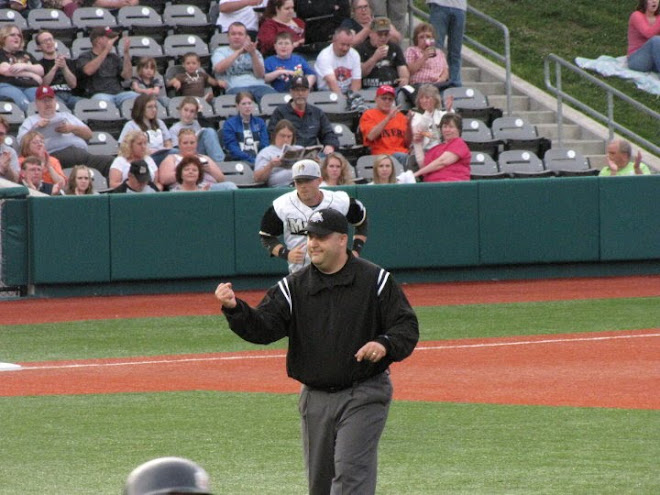
No comments:
Post a Comment